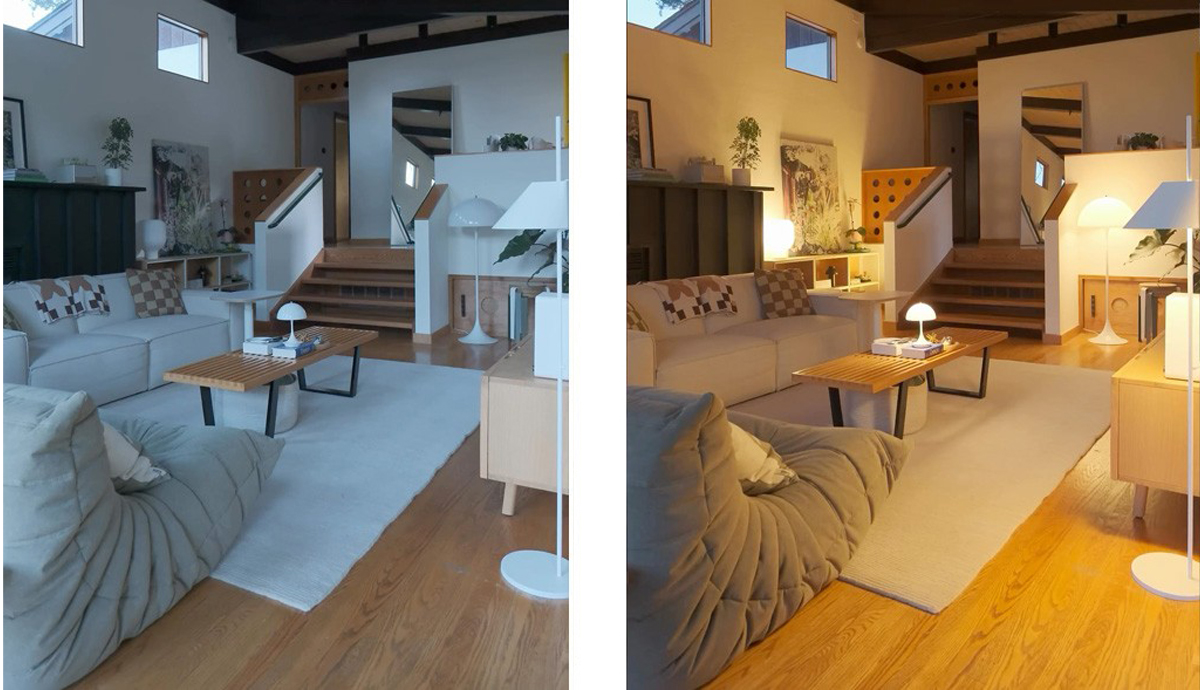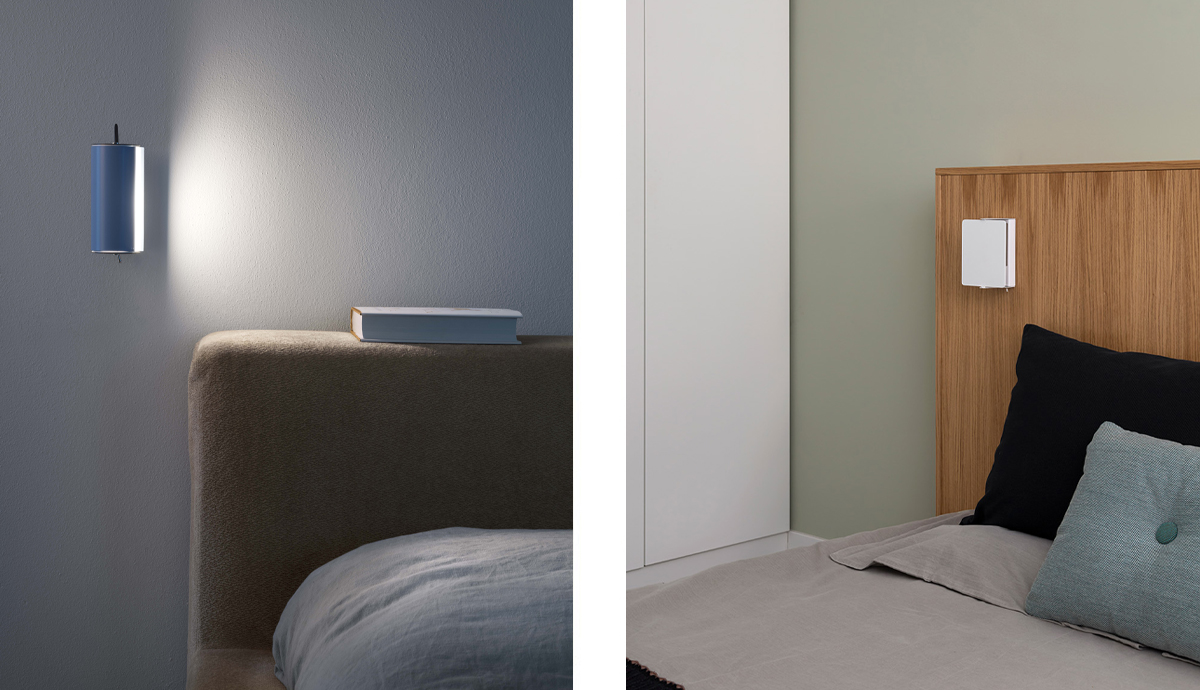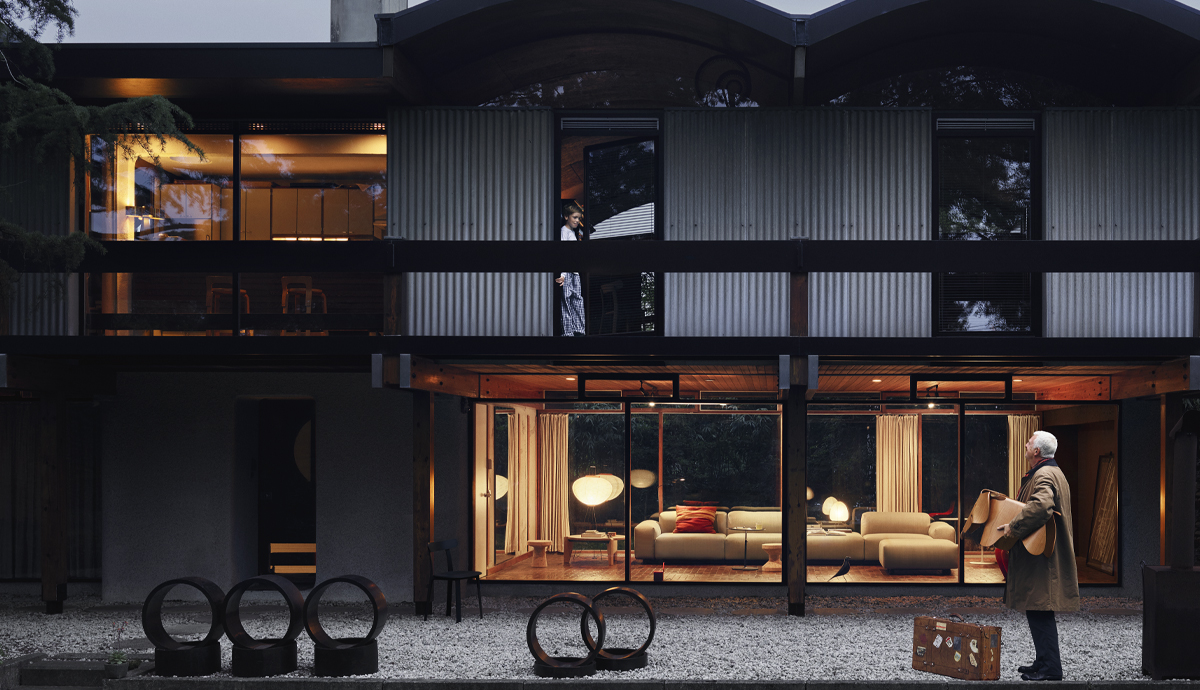Spotlight On Spotlighting
We’ve all read about how intrusive “the big light” can be. Influencers and interiors experts have long decried the impersonal and often intrusive nature of a singular, central light source that can often overwhelm a space - but what’s the alternative? Focussed lighting composed of a number of smaller spotlights can provide a level of intimacy that may be lacking with standard ceiling lighting. A well-placed table lamp combined with a thoughtfully installed wall lamp can completely change the shape and tone of a space, bringing with it a sense of purpose and transformation.
As interior design influencer Eric Wang puts it, “the smaller the lights, the bigger the vibe”. Check out his Instagram account to see how he expertly uses spotlighting around his home, with favourite lamps including the Louis Poulsen AJ Table Lamp, the Panthella Portable Table Lamp and one of Isamu Noguchi’s Akari lamps all making an appearance. This approach works on a number of levels. Not only are you introducing softer, more considered light sources in to your space, but you’re also bringing a number of genuinely beautiful objects in to your home. The Akari lamp, for example, arguably serves just as much of a purpose when it is not in use as a lamp as when it is, due to the sculptural quality of the piece.

This fusion of statement and task lighting and the use of a range of different lights each built for a range of purposes gives us more control over our spaces, and allows us to accentuate the light in minute detail.
Lighting a space with intent is often something that we associate with film sets or the stage. Otherwise ordinary rooms can take on different meaning; vast spaces can shrink, small spaces can be made to feel comfortable and safe, and open set rooms can be rendered cosier with the right amount of light. Accent lighting helps to achieve this more architectural lighting.

Sconce or wall lamps, such as Charlotte Perriand’s iconic Applique À Volet Pivotant lamp, which is today produced by Italy’s Nemo Lighting, are great for highlighting and adapting architectural surfaces, where shadows play a role in creating atmosphere and tone.
Amplifying a space’s existing ambient light with things like track lighting, which is more often used in commercial settings or work spaces can also be highly effective. Rather than bring in dramatic or unnatural lighting one instead seeks to build upon the natural light that already exists within a space, leaving a room filled with practical light that allows for the facilitation of everyday activities. This is a partially psychological trick, with the human brained convinced into recognising certain types of light as "normal" and naturalistic, and stands in contrast with mood lighting.
Lighting can be a complex and demanding element of your home deco, but, when embraced properly, can be aesthetically fulfilling in a unique and satisfying way.
-
InspirationCopenhagen | A Visual DiaryRead More
Photographic highlights from 3DaysOfDesign 2025 3daysofdesign continues to be one of the most inspiring events on the calendar. Not just because of the design (though the work shown is exceptional) but because of the energy that fills the city during...
-
InspirationReclaim The Big LightRead More
Is it time to reevaluate our relationship with overhead lighting? The "Big Light" is often maligned these days. The overhead light that sits at the centre of most living rooms, kitchens and dining spaces has been decried by social media...


